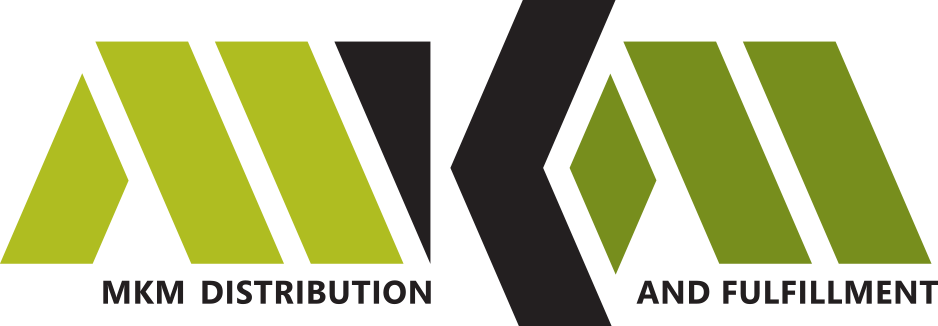Is automation the secret to better retail inventory reconciliation?
It might not be the most glamorous, but meticulously tracking your inventory is one of the most crucial aspects of warehouse management. There’s a lot to keep track of and a myriad of ways you can get it done.
But if you’re still unsure if your inventory records match your physical count, or you’re still recording sales and inventory on paper, you’re not alone. Automating your inventory reconciliation can help you find the difference between what’s in your warehouse and what’s supposed to be in your warehouse faster and more accurately. Here’s what you need to know.
The basics of tracking inventory
Here’s what’s supposed to happen. First, you receive some sort of inventory record from your supplier, or whoever help you stock your warehouse with product. Make sure the product numbers and quantities match up to what you put in your warehouse. Check. Then, you take your records of exactly what you’ve sold, and make sure that’s exactly the amount of product that’s left your warehouse.
Easy, right? Not so fast.
When you’re juggling a combination of incoming shipments, outgoing shipments, new orders, returns, making sure the amount of product in your warehouse is exactly the amount of product that should be there gets complicated pretty quickly. And keeping it up to date can become a monumental task.
What you need to know about automation and the cloud
Managing your inventory and reconciling any differences on paper can work. But often it creates opportunities for miscalculations and errors. And if it takes days or weeks to cross-compare the numbers, the data is often outdated. Uncertainties arise with a greater factor for human error.
With the right automation system, those problems essentially disappear. Everything is scanned when it enters the warehouse and leaves the warehouse, and that data is sent up to the cloud in real-time. When you need to check the data, you can be sure it’s accurate. You can set processes in place to catch problems before they arise, and narrow any discrepancies down to their source. At the end of the day, automation can give you a greater part of the story so you can get to the root of the problem.
Reconcile the differences: What to look for
When your numbers don’t match, there a few common culprits you can look for first. Here’s a quick list of questions to ask yourself.
Have you accounted for any damaged or mislabeled product?
Are the right items in your warehouse listed on your website?
Are your products in the correct location in your warehouse?
Do SKU numbers match exactly?
Have you considered employee theft or error?
Whether or not you use automation in your warehouse, inventory reconciliation is a crucial part of warehouse management. Having more accurate data can help you plan ahead for busy times like the holiday season, better manage inventory levels and staffing levels, and ultimately save you time and money.

